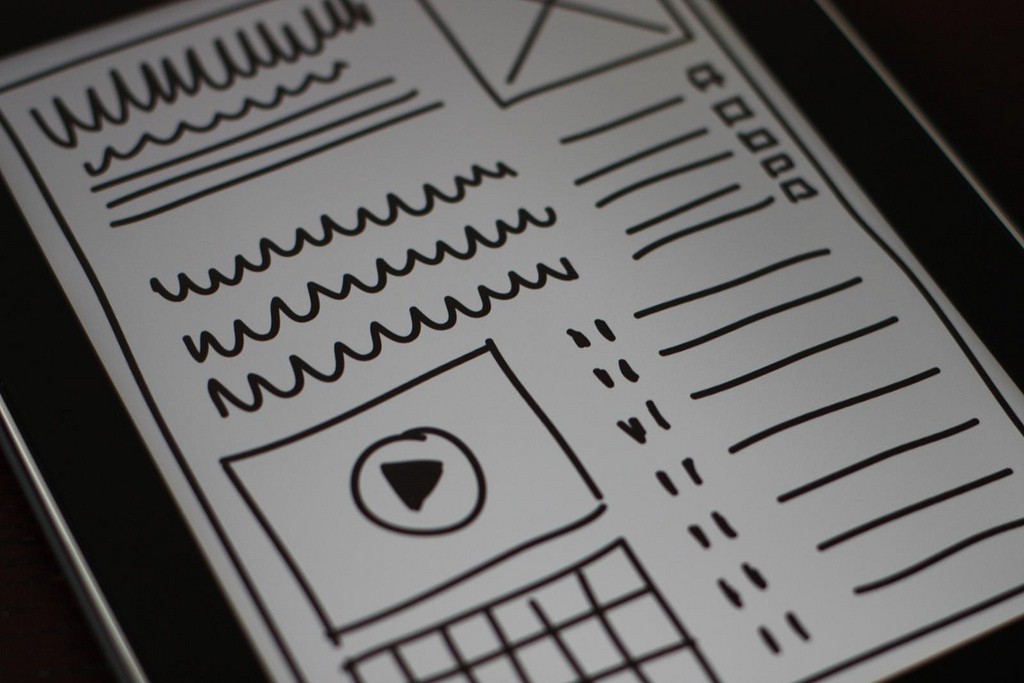I recently had the pleasure of getting a handful of volunteers to test our product on-boarding and interface, and the test results were worth their weight in gold. In this article, I’ll explain how I received invaluable feedback for only an investment in time, and how you can too.
It is very easy to become so absorbed and close to your product, you become blind to obvious stumbling blocks or onboarding issues. Spending half an hour with someone not related in any way to your start-up can uncover areas of weakness you hadn’t even considered.
User testing = the secret to improving your startup.
I invited a couple of people who have never used or heard of 6Q, nor are professional user testers (most of our prospective customers aren’t either) to give me half an hour of their time to ‘have a look over something I am building’ in exchange for the same in reverse.
We arranged times over email to meet and then we got into the nitty gritty.
This is what I briefed them with;
Imagine you have a team and want to run regular employee pulse surveys with them. I’d like you to sign up to 6Q, add a few questions, maybe add a user and then activate the surveys.
I also made sure to let them know all thoughts and ideas were valuable; there is no such thing as a wrong answer or dumb question here. I told them to think out loud, and feel free to carry on.
Speaking of questions, I let them know that I won’t be answering anything they need help with; I want to test what a real person is going to discover – the average web user doesn’t get the founder sitting next to them, guiding them, do they?

Wow, what amazing feedback I discovered in less than 30 minutes.
Whilst some of the subjects were less forgiving than others, all of the feedback was incredibly useful; even the smallest of items are worth recording and noting for possible changes down the track.
I didn’t take anything said personally; being a startup founder means that you accept that everything is a constant learning and revision process, whether it be outreach, growth hacking, onboarding, customer service, selling or product management.
The outcome of these informal tests were that I discovered oversights with our interface that I kick myself for not noticing, and explored other areas that I had not even considered to be an issue at all.
I discovered oversights with our interface that I kick myself for not noticing
– Miles Burke, Founder
The best part was they were (mostly) easy to address, and within days we had already jumped on to correcting many of them.

Photo: baldiri, Flickr.
So, what were the big takeaways?
We didn’t explain ourselves well enough. The forms are easy to complete in minutes, if you understand what they are for. Without any inline help or context, we may as well ask users to just randomly choose options.
We relied too heavily on email. I love our email onboarding process, and have tweaked it a number of times based on A/B tests and statistics, yet we overlooked the fact it is yet another thing to look at, and who wants to jump between email client and web browser repeatedly?
Spell. It. Out. If you use the correct language, your directions or prompts don’t come across as condescending. Be as concise as you can, but helpful. There’s no need to label an ‘email address’ form field with ‘Your email address’ – that is superfluous.
Summary
The secret to improving your startup starts with getting real life user testing for your product. It is invaluable for your product maturation. It’s an absolute ‘must have’ I believe.
Sure, there are plenty of user testing tools and platforms out there, including ones that allow you to ‘crowd test’ something, however there is something intangible about being able to watch body language and facial expressions during a user test.
Recruit people from outside your usual circle, and don’t let them know anything about your project until the day. Make sure you give the exact same brief to each person, and make it fairly easy to achieve.
Either record or write down everything; no matter how trivial. You will find a consistent message across multiple users which iterates what the most important things to fix are.
Make sure you thank them sincerely. They are literally helping you build a better, more sustainable product. They are awesome volunteers.
Do it more than once. Now that we have made a number of changes to the interface, I plan on running a couple more people through this very soon.



